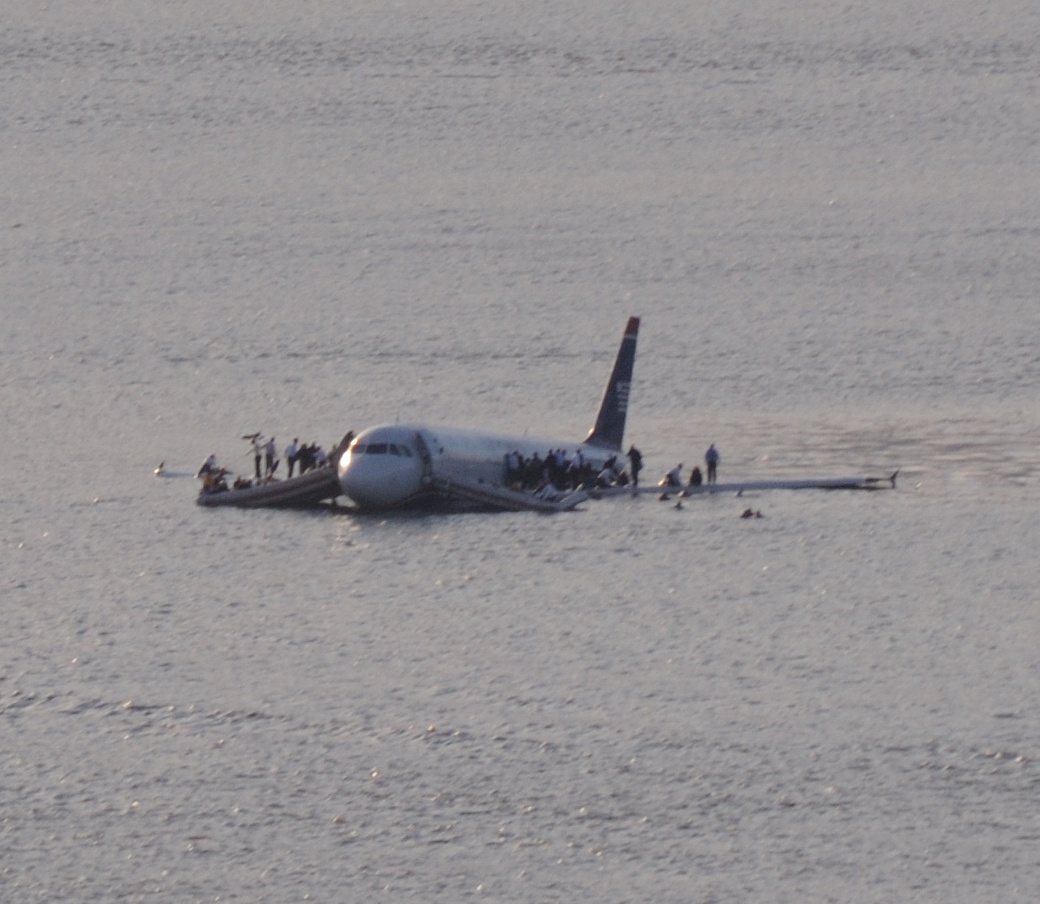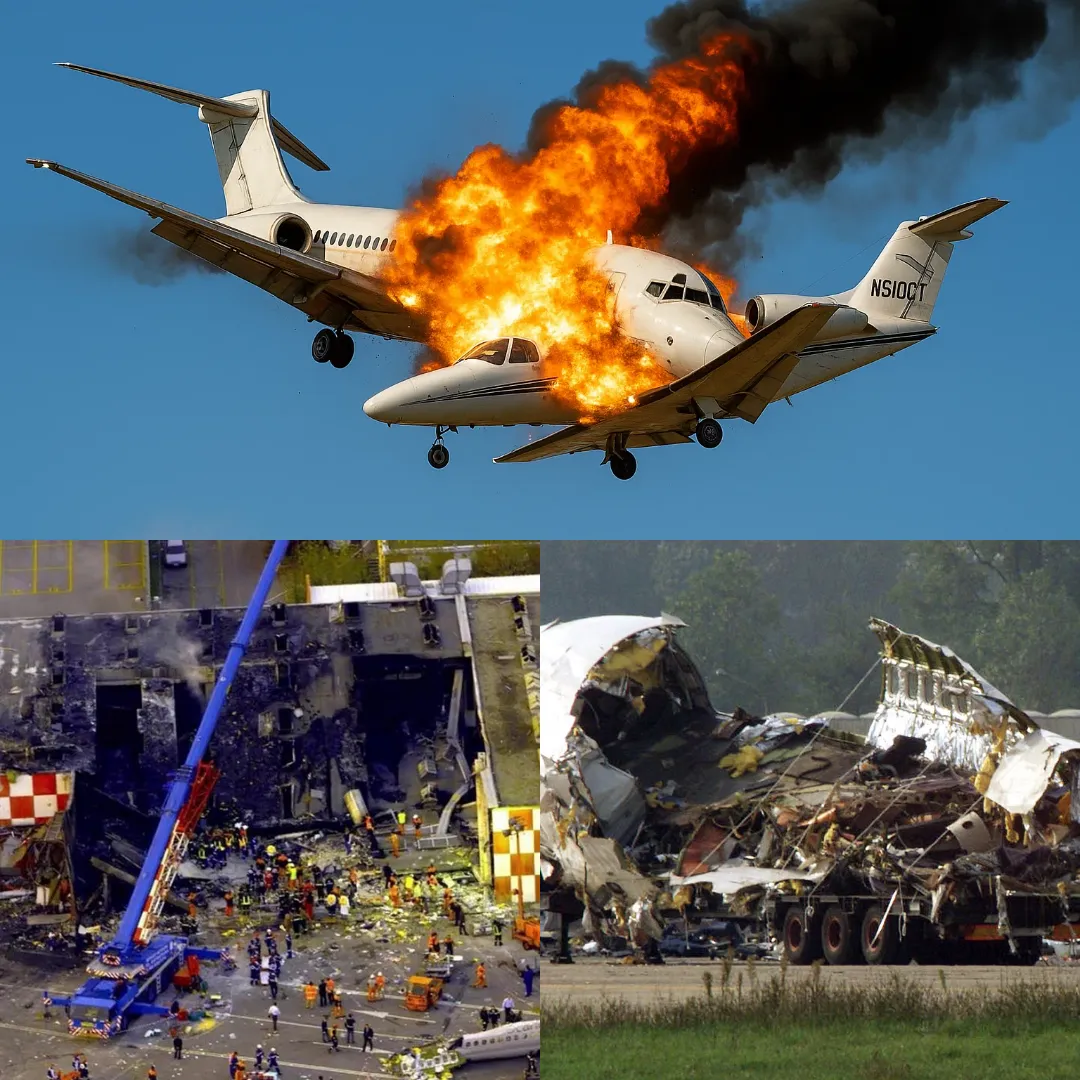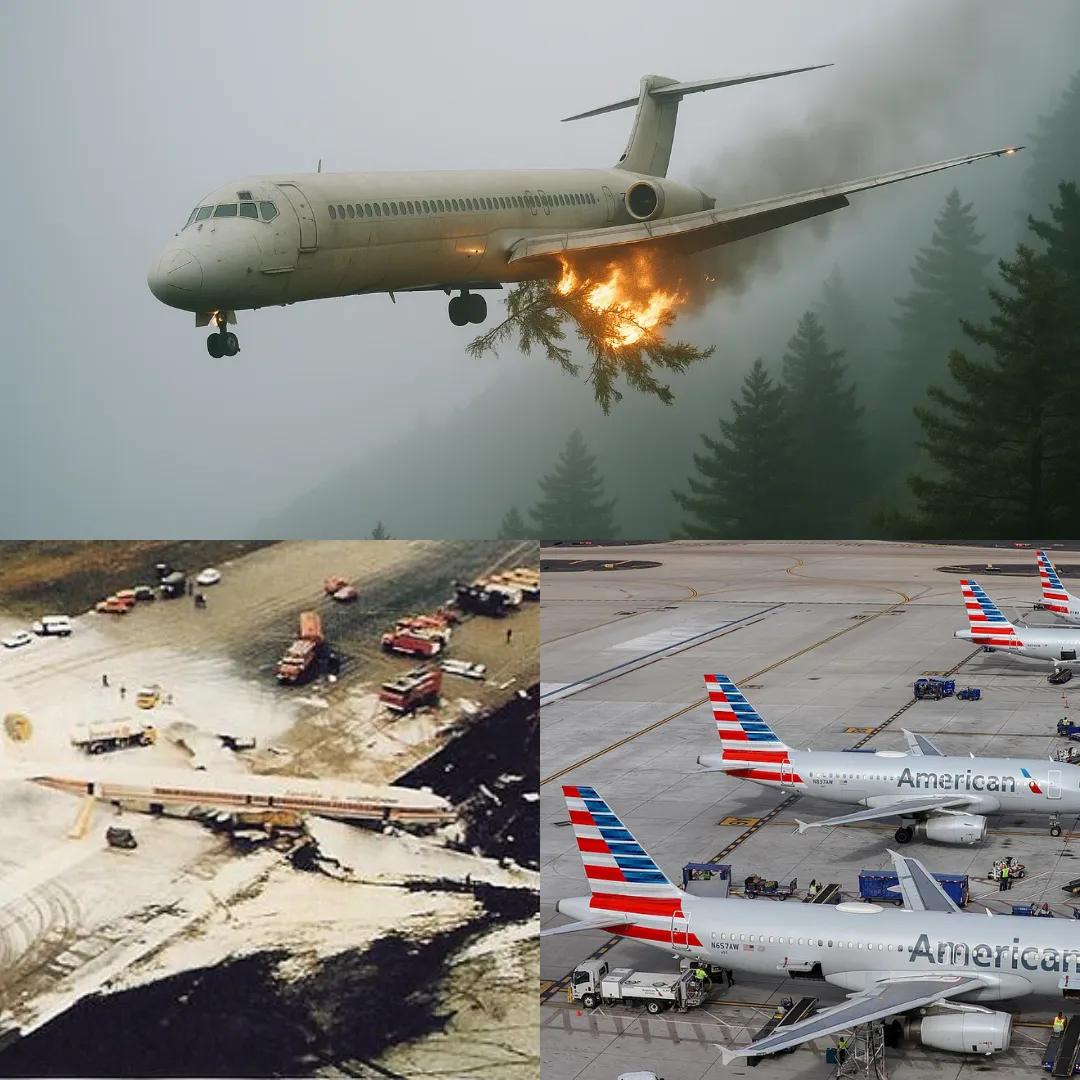
It was an ordinary January afternoon, clear and bright, when US Airways Flight 1549 took off from New York's La Guardia Airport, heading for Charlotte, North Carolina.
Just minutes after ascending into the sky, the tranquility aboard Flight 1549 was shattered by a sudden and violent collision with a flock of Canada geese.
The plane's two powerful engines, designed to carry 155 souls safely to their destination, fell eerily silent. The aircraft had instantly transformed from a soaring marvel of human engineering into a powerless glider over one of the most densely populated urban landscapes on Earth.
At the controls that day was Captain Chesley "Sully" Sullenberger, a 57-year-old former fighter pilot and veteran of almost 20,000 flight hours.
Beside him sat First Officer Jeffrey Skiles, a seasoned aviator yet relatively new to flying the Airbus A320. Within seconds of the collision, it became clear that both engines had failed.
The pilots rapidly assessed their dwindling options: La Guardia Airport was no longer reachable, and the alternative Teterboro Airport in New Jersey was equally unattainable.
With no viable runway in sight, the crew faced a terrifying reality: the only feasible landing strip available was the cold and unforgiving waters of New York City's Hudson River.

With exceptional calm under extraordinary pressure, Captain Sullenberger communicated the dire situation to Air Traffic Control.
He informed them simply, "We're gonna be in the Hudson," a statement that conveyed both the severity of the emergency and the clear-headed decisiveness that would soon become his hallmark.
Inside the cabin, passengers were acutely aware something was drastically wrong—the silence from the engines, the unsettling odor of fuel, and the increasingly tense atmosphere. Passengers glanced anxiously at each other as cabin crew began shouting urgent instructions: "Brace for impact!"
In those critical moments, the pilots prepared for what would later be described as "the most successful ditching of a commercial aircraft" in aviation history.
Captain Sullenberger skillfully maneuvered the aircraft into a careful glide, lining up the jet with the Hudson River's icy surface. First Officer Skiles methodically worked through emergency checklists in a futile effort to restart the engines.
As the river loomed ominously ahead, Sullenberger turned to Skiles and simply asked if he had any ideas. Skiles responded succinctly: "Actually, not." With no further options, Flight 1549 impacted the Hudson River in a controlled yet dramatic splashdown.
Remarkably, the aircraft held together upon impact, gliding atop the freezing waters and coming to rest afloat. Passengers, many of them understandably stunned and frightened, quickly mobilized under the crew's careful guidance.

Emergency exits opened; inflatable slides deployed and became floating rafts, providing crucial temporary shelter. Yet the plane was slowly sinking, and the icy January water posed an immediate threat of hypothermia.
Within moments, ferryboats and rescue vessels from the busy river traffic surrounded the aircraft. Ordinary civilians and professional rescuers alike scrambled to pluck passengers from wings and rafts, providing rapid relief from the freezing conditions.
Captain Sullenberger himself demonstrated remarkable selflessness. After safely guiding the plane onto the river, he walked the length of the cabin twice, determined to ensure that no one had been left behind.
Only once he was satisfied that everyone was safe did he himself leave the sinking aircraft.
His selfless heroism, calm professionalism, and quick decision-making transformed him from an experienced pilot into an international hero overnight.
All 155 people aboard Flight 1549 survived, an unprecedented achievement in aviation history. In the aftermath, passengers and crew described scenes of compassion, bravery, and human resilience.
Many were treated for hypothermia, and several sustained serious injuries, yet no lives were lost—a testament to both the crew's skill and the passengers' cooperation in desperate circumstances.
An immediate investigation revealed that the cause of the incident was a flock of geese striking both engines simultaneously—a rare but dangerous occurrence known as a double-engine bird strike.

Initially, some questioned whether Sullenberger might have successfully returned to an airport. However, repeated simulator recreations confirmed that any attempt to reach a runway would likely have ended disastrously. The captain's rapid assessment and decision-making had unquestionably saved many lives.
Though the outcome was miraculous, important safety lessons emerged. Procedures and checklists were revised to better prepare pilots for the unlikely but devastating scenario of dual-engine failure at low altitude. Additionally, pilot training around bird strikes and emergency water landings was significantly enhanced across the industry.
In the days and months that followed, Captain Sullenberger and his crew were rightfully celebrated. They were invited to the White House, honored at the Super Bowl, and inducted into the International Air and Space Hall of Fame. Sullenberger himself was humble, downplaying his role as heroic and instead highlighting the professionalism and cooperation of his crew and passengers.
In an amusing anecdote reflecting his grounded personality, Sullenberger even called his local library to apologize for losing a borrowed book on aviation safety that had remained in the cockpit as the plane submerged. The library, moved by the situation, graciously waived all fees.

The Airbus A320 involved in the miraculous landing was retrieved from the Hudson, carefully preserved, and now serves as an educational exhibit at a museum in Charlotte, North Carolina—the intended destination of Flight 1549.
Visitors to the exhibit witness firsthand a tangible reminder of human courage, skill, and the capability to survive against seemingly impossible odds.
Captain Chesley "Sully" Sullenberger and First Officer Jeffrey Skiles have both retired from commercial flying, yet their legacy endures through ongoing advocacy for improved pilot training and flight safety. Their story stands as a powerful testament to preparation, skill, teamwork, and human resilience.
On that cold winter day over New York City, the crew of Flight 1549 performed the impossible. They transformed what could have been an unimaginable tragedy into a story of survival, bravery, and hope—earning its lasting moniker as the "Miracle on the Hudson."

-1749897755-q80.webp)
-1751182713-q80.webp)
